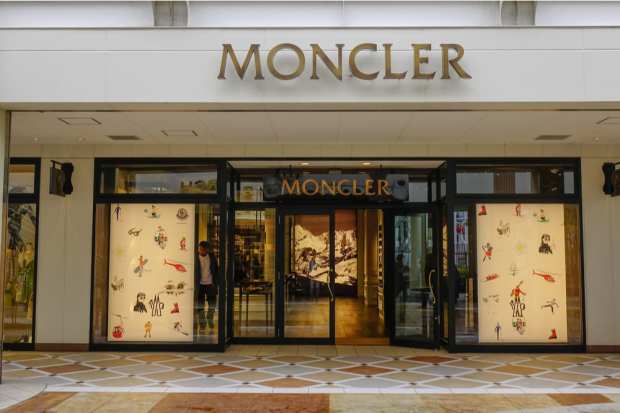Italian Luxury Brand Moncler Takes Control Of Its Digital Business

As it looks to increase its digital business in the three years to come, Moncler plans to take internal control over its online shopping channel. The Italian luxury brand said its direct management of online commerce will commence in Canada and the United States in October 2020, and that it will roll out a completely integrated eCommerce infrastructure next year, U.S. News reported.
The brand had previously handled its online shopping business in conjunction with Yoox Net-a-Porter (YNAP), through a deal that expired in 2020. Digital sales comprised 10 percent of the brand’s total sales last year, divided roughly equally among the company’s own eCommerce site and third parties, per analysts.
Moncler said, per the report, “The use of artificial intelligence, already applied to warehouse management, demand planning and store replenishment, will be extended to new areas such as product recommendations on the eCommerce channel, client service interactions, merchandising and pricing.”
In separate news, Goldman Sachs had forecasted that eCommerce will grow by 19 percent each year during the next three years, marking an increase from its past outlook of 16 percent. Goldman said the acceleration was primarily powered by faster growth in the United States, Western Europe, Brazil and a good portion of APAC.
The investment firm also pointed out that online shopping penetration increased to over 40 percent in May from 16 percent of U.S. retail spending in Q1 of last year. It pointed out that “traditional retailers” like Target and Kroger received “triple-digit growth” in eCommerce revenues, as online shopping platforms like Alibaba and Etsy experienced “surging demand.”
In fact, the United States will require an additional one billion square feet of warehouse space by 2025 because of quick eCommerce expansion, per a new report by real estate consultancy JLL. The demand for fulfillment centers is fueling half of the current industrial transactions in contrast to 35 percent prior to the pandemic.
